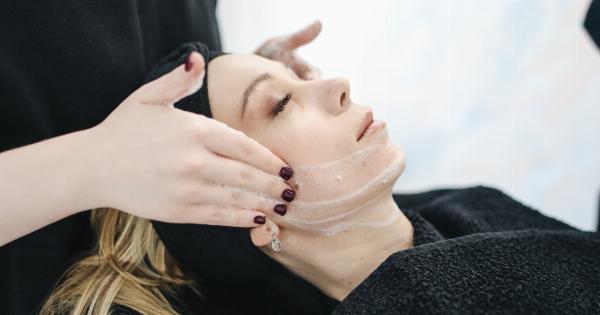Alcohol-induced blushing, also known as alcohol flush reaction, is a phenomenon that occurs when some individuals consume alcohol. The condition is characterized by the reddening of the face, neck, and sometimes the chest.
Though the condition is common, not everyone experiences it.
In this article, we’ll explore the science behind alcohol-induced blushing, what causes it, how to minimize its effects, and whether it is a cause for concern or not.
What is Alcohol-Induced Blushing?
As we’ve already mentioned, alcohol-induced blushing is a condition that causes redness in the face, neck, and chest. The condition is often accompanied by sensations of warmth, itching, and sometimes tingling.
Although the effects of alcohol-induced blushing are usually harmless and temporary, some people may experience more severe symptoms like dizziness and nausea.
Alcohol-induced blushing is caused by a combination of physiological factors that occur when alcohol is consumed. These factors include the dilation of blood vessels, increased heart rate, and changes in blood pressure.
When these changes occur, it can cause blood to rush to the surface of the skin, causing redness, and sensations of warmth and tingling.
What Causes Alcohol-Induced Blushing?
Several factors may contribute to alcohol-induced blushing. One of the most significant factors is a genetic predisposition.
Individuals who experience alcohol-induced blushing may carry a specific gene that increases their susceptibility to flush when consuming alcohol.
The gene responsible for alcohol flush reaction is known as ALDH2. This gene regulates an enzyme that breaks down and metabolizes alcohol in the liver.
When someone drinks alcohol, this enzyme converts alcohol into acetaldehyde, a toxic compound that can cause damage to the liver. People who carry a mutation on the ALDH2 gene have a reduced ability to metabolize acetaldehyde, which causes the compound to accumulate in their bloodstream. When this occurs, it can cause the symptoms of alcohol-induced blushing.
Other factors that may contribute to alcohol-induced blushing include dehydration, the consumption of high-sugar or high-carbohydrate alcoholic beverages, and drinking alcohol on an empty stomach.
How to Minimize the Effects of Alcohol-Induced Blushing?
While there’s no cure for alcohol-induced blushing, some steps can be taken to minimize its effects. One of the most effective ways is to limit the amount of alcohol consumed.
By drinking less alcohol, you can reduce the severity of the physiological changes that cause alcohol-induced blushing.
Another way to minimize the effects of alcohol-induced blushing is to stay hydrated. Drinking water before, during, and after consuming alcohol can help reduce the risk of dehydration, which can exacerbate the symptoms of alcohol flush reaction.
Avoiding high-sugar or high-carbohydrate alcoholic beverages can also help reduce the symptoms of alcohol-induced blushing.
This is because these types of drinks can cause your blood sugar levels to spike, which can trigger an episode of alcohol flush reaction.
Are there Any Health Risks Associated with Alcohol-Induced Blushing?
Generally, alcohol-induced blushing is not a cause for concern and is considered a harmless condition. However, if you experience severe symptoms like dizziness, nausea, or difficulty breathing, you should seek medical attention immediately.
Additionally, people who experience alcohol-induced blushing may have a higher risk of developing certain health problems, such as esophageal cancer, due to the accumulation of acetaldehyde in their bloodstream.
Therefore, it’s essential to watch your alcohol intake and seek medical attention if you experience any severe symptoms.
Conclusion
Alcohol-induced blushing is a relatively common condition that affects some individuals when they consume alcohol. The condition is harmless and is caused by a combination of physiological factors that occur when alcohol is consumed.
While there’s no cure for alcohol-induced blushing, there are steps you can take to minimize its effects. If you experience severe symptoms or have concerns about your alcohol consumption or alcohol flush reaction, you should seek medical attention.






























